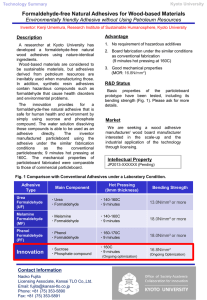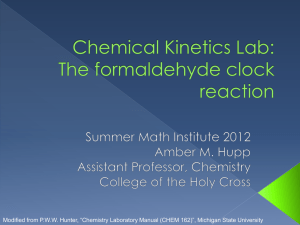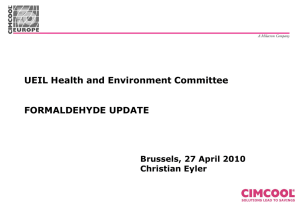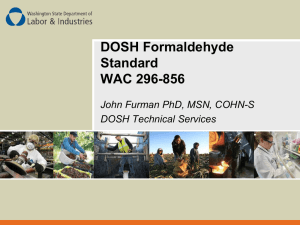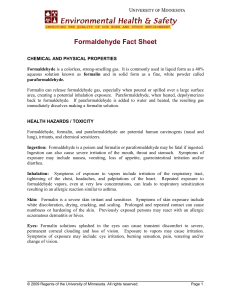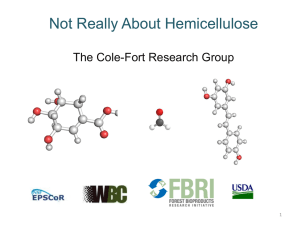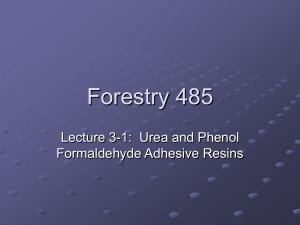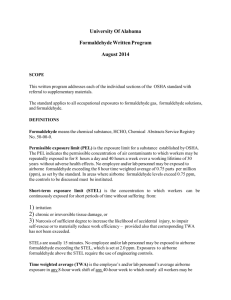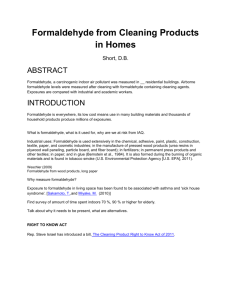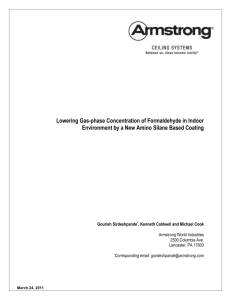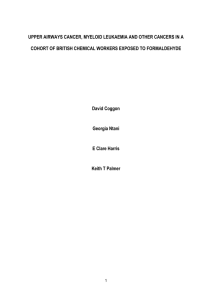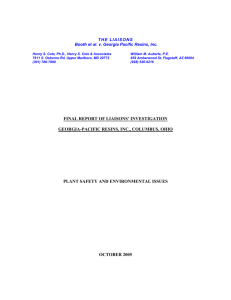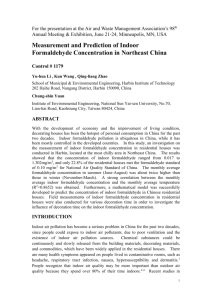DRAFT Please provide any comments on this letter, or submit
advertisement
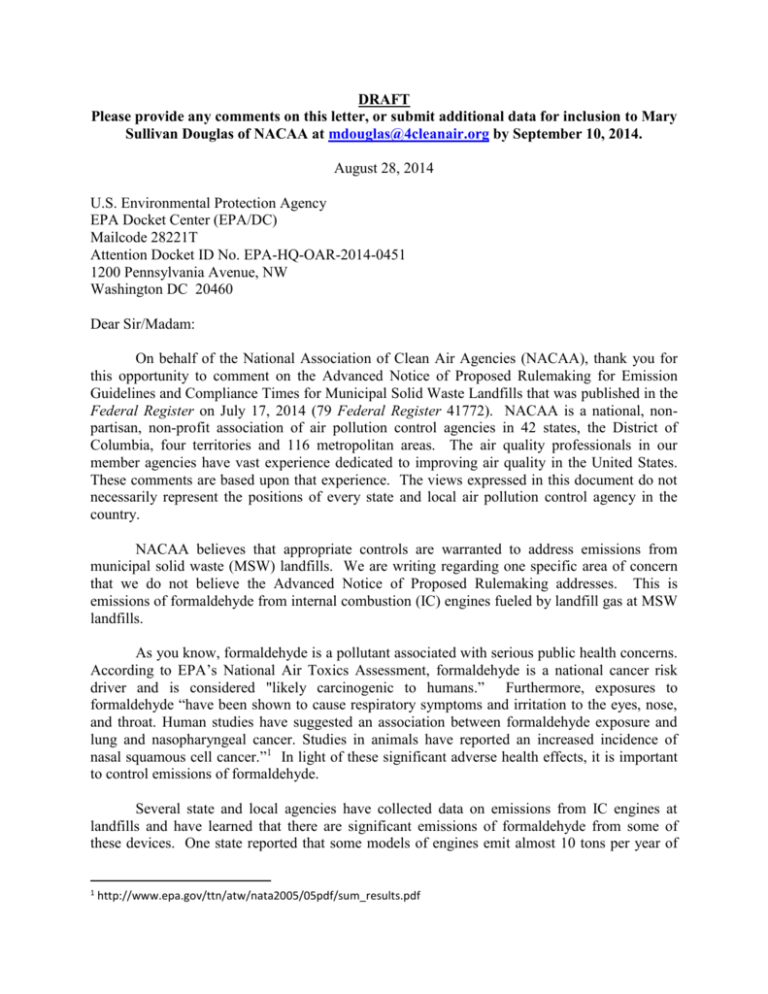
DRAFT Please provide any comments on this letter, or submit additional data for inclusion to Mary Sullivan Douglas of NACAA at mdouglas@4cleanair.org by September 10, 2014. August 28, 2014 U.S. Environmental Protection Agency EPA Docket Center (EPA/DC) Mailcode 28221T Attention Docket ID No. EPA-HQ-OAR-2014-0451 1200 Pennsylvania Avenue, NW Washington DC 20460 Dear Sir/Madam: On behalf of the National Association of Clean Air Agencies (NACAA), thank you for this opportunity to comment on the Advanced Notice of Proposed Rulemaking for Emission Guidelines and Compliance Times for Municipal Solid Waste Landfills that was published in the Federal Register on July 17, 2014 (79 Federal Register 41772). NACAA is a national, nonpartisan, non-profit association of air pollution control agencies in 42 states, the District of Columbia, four territories and 116 metropolitan areas. The air quality professionals in our member agencies have vast experience dedicated to improving air quality in the United States. These comments are based upon that experience. The views expressed in this document do not necessarily represent the positions of every state and local air pollution control agency in the country. NACAA believes that appropriate controls are warranted to address emissions from municipal solid waste (MSW) landfills. We are writing regarding one specific area of concern that we do not believe the Advanced Notice of Proposed Rulemaking addresses. This is emissions of formaldehyde from internal combustion (IC) engines fueled by landfill gas at MSW landfills. As you know, formaldehyde is a pollutant associated with serious public health concerns. According to EPA’s National Air Toxics Assessment, formaldehyde is a national cancer risk driver and is considered "likely carcinogenic to humans.” Furthermore, exposures to formaldehyde “have been shown to cause respiratory symptoms and irritation to the eyes, nose, and throat. Human studies have suggested an association between formaldehyde exposure and lung and nasopharyngeal cancer. Studies in animals have reported an increased incidence of nasal squamous cell cancer.”1 In light of these significant adverse health effects, it is important to control emissions of formaldehyde. Several state and local agencies have collected data on emissions from IC engines at landfills and have learned that there are significant emissions of formaldehyde from some of these devices. One state reported that some models of engines emit almost 10 tons per year of 1 http://www.epa.gov/ttn/atw/nata2005/05pdf/sum_results.pdf formaldehyde in actual emissions and another obtained stack test data showing that the facility is a major source of Hazardous Air Pollutants due to its emissions of formaldehyde alone. NACAA has collected data from state and local agencies that include specific information about these and other formaldehyde emissions from IC engines at MSW landfills. Links to the state- and local-specific data are included in the attached document, which we are submitting to the docket for your consideration. We strongly recommend that EPA review the data provided here and any other similar information the agency collects regarding the emissions of formaldehyde and include provisions in the proposed rule to address this serious problem. Thank you for this opportunity to comment on the proposal. Please contact us if we can provide additional information or if you wish to discuss this issue further. Sincerely, G. Vinson Hellwig Michigan Co-Chair NACAA Air Toxics Committee Robert H. Colby Chattanooga, Tennessee Co-Chair NACAA Air Toxics Committee Formaldehyde Emissions from Internal Combustion Engines at Municipal Solid Waste Landfills State and Local Air Quality Agency Data August 28, 2014 Delaware Data – http://www.4cleanair.org/sites/default/files/Documents/DE-LFG-FormaldehydeTest-Results.xls Test Method Information – http://www.4cleanair.org/sites/default/files/Documents/landfill_formaldehyde_testing_fr om_DE.doc Iowa Data – http://4cleanair.org/sites/default/files/Documents/Iowa_Formaldehyde_LandfillEngines_ LandfillsMethane_062614.xlsx (Note from the agency: A few facilities burn landfill gas in their engines, but only one reported formaldehyde emissions. This is likely because it had actual stack test data. The other facilities would have relied upon AP-42 or other emission factors, and there really are none for formaldehyde emissions from engines burning methane.) Linn County, Iowa Landfill Gas Engine Test – http://4cleanair.org/sites/default/files/Documents/2013-10-08Landfill-Gas-Engine-Test-CRLCSWA-Site-2.pdf Test Acceptance Letter – http://4cleanair.org/sites/default/files/Documents/2014-02-07Test-Acceptance-Letter_EP02%20Landfill-Gas-Engine.pdf Test Review Summary – http://4cleanair.org/sites/default/files/Documents/2014-02-07Test-Review-Summary.pdf Maryland Data – http://4cleanair.org/sites/default/files/Documents/Millersville-MD-Landfill-GasEngine-Formaldehyde-Test-Results.xlsx Michigan Data – http://www.4cleanair.org/sites/default/files/Documents/LFG_Formaldehyde_Test_Result s_MI.xls New Jersey New Jersey has compliance stack test results for three identical lean-burn RICE combusting landfill gas, Caterpillar G3520C, 2233 HP each. The testing memo for all tested pollutants follows. Based on the stack test data, the facility is a major HAPs source for formaldehyde, and subject to MACT ZZZZ. http://4cleanair.org/sites/default/files/Documents/75697_TST130001_35_PPLCumberland-2014-%20Memo.pdf
